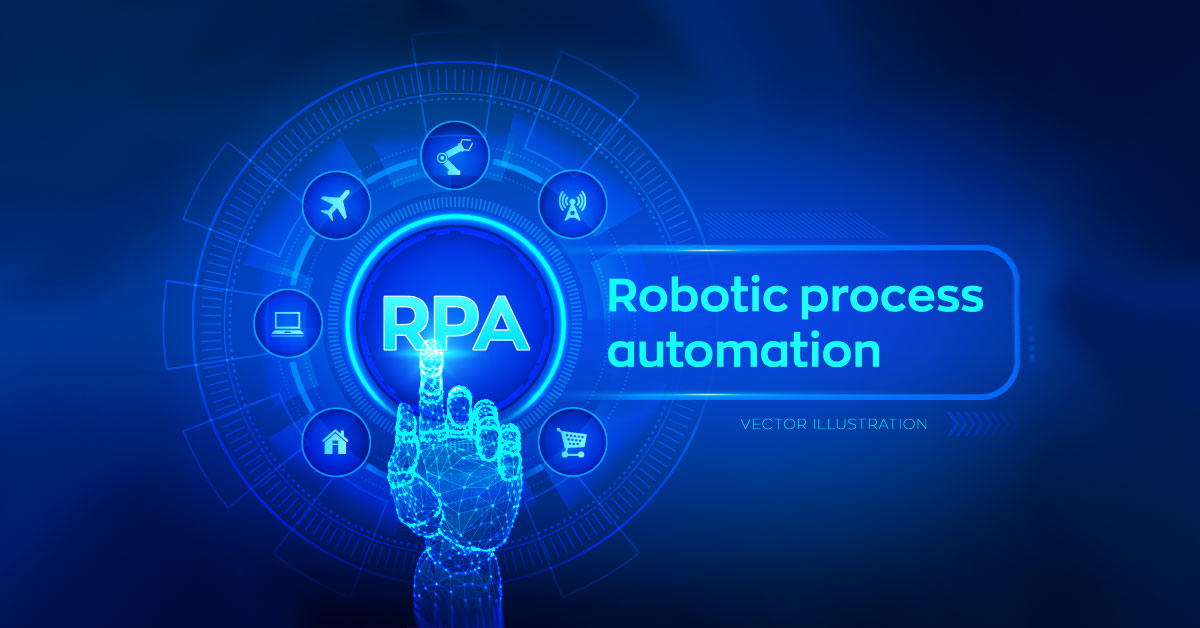The Impact of AI on Document Processing and Retrieval

5 min read
In a world where time is money and information overload is common, efficient file retrieval is more important than ever. AI technology has given us tools that can do this work for us, so forgot about the previous days of searching through countless folders and files to get what you need. The introduction of AI-driven document processing technologies has completely changed the way we manage information, greatly increasing the speed and efficiency of file retrieval. In this blog, we examine how artificial intelligence (AI) technologies—such as AI-powered document extraction and AI document processing—are changing the information retrieval field.
What does AI information retrieval mean?
Artificial intelligence (AI) for information retrieval makes use of complex algorithms to understand, classify, and organize digital material. Artificial Intelligence facilitates users’ access to necessary information practically instantly by automating the indexing and retrieval operations. This technology ensures that the search results are not just relevant but also exactly what the user is looking for by going beyond simple keyword matching and understanding context, shades, and even patterns and relationships within the data.
How can data extraction from a PDF be automated?
Given that PDFs are used for a wide range of purposes, including corporate reports and academic papers, automating data extraction from these documents is an essential activity in today’s digital workflow. The PDF format is preferred because it maintains document layout across various platforms and devices. However, its rigid layout, makes it difficult to efficiently retrieve information. Here lies the opportunity to leverage AI-powered technologies, which greatly streamline the process via two primary methods: AI Document Extraction and AI for Summarizing PDFs.
AI-Document-Extraction
The process of automatically identifying and extracting data from PDF files using artificial intelligence is known as AI Document Extraction. This technology is not the same as conventional OCR (Optical Character Recognition), which only creates machine-encoded text from scanned photos. AI is more advanced than human document extraction; it can distinguish between different document parts such as tables, photos, and text blocks. It also knows the structure of the document.
Here’s how it works:
-
Text Extraction:
After analyzing the PDF, AI algorithms locate textual fragments. AI comprehends the context and structure of the material, allowing for more accurate text extraction than OCR, which reads the document linearly.
-
Table and Image Recognition:
Despite being frequently important components of a text, tables and images can be difficult to reliably extract because of their intricate structures. These elements can be identified by AI-powered technologies, which can then extract them while maintaining their structure and connection to the rest of the document.
-
Conversion to Editable Formats:
Following extraction, the content is transformed into editable formats like Word documents, Excel spreadsheets, or text files. For additional processing, analysis, or incorporation into other data systems, this conversion is essential.
AI for Summarizing PDF
When it comes to rapidly grasping the main ideas or points of lengthy papers without having to read them in their entirety, AI for PDF summarization is especially helpful. Natural Language Processing (NLP), a subfield of artificial intelligence that studies natural language communication between computers and humans, is what powers this capacity.
-
Natural Language Understanding:
The PDF document’s information is first read and comprehended by the AI technology. This entails understanding the ideas, the organization of the document, and the importance of each component.
-
Key Points Extraction:
The AI then determines the most significant ideas or points in the paper based on its comprehension. This calls for intricate algorithms that can evaluate the significance and applicability of various portions.
-
Summarization:
Lastly, the AI creates a synopsis of the text that highlights these important ideas. The synopsis is brief yet thorough enough to give a clear idea of the information contained in the text.
AI-powered summarization and AI-document extraction are transforming PDF documents and facilitating faster access to, analysis of, and reuse of the richness of information they contain. These technologies improve accuracy and efficiency, save time and minimize manual labor, and promote more effective decision-making and knowledge sharing.
Best AI Summary Tool
Professionals needing rapid processing of vast document volumes, including PDFs, require top AI summary tools. These tools rely on advanced Natural Language Processing (NLP) for accuracy, speed, and handling complex documents. Precision is key, ensuring nuanced understanding and precise identification of crucial details. Speed is vital for timely analysis in fast-paced decision-making environments. It should also be able to provide summaries without requiring long wait times.
Furthermore
The most effective AI summary tools can handle documents with a wide range of complexity, including those with complicated structures like tables and graphs and documents in a variety of file formats. Because of their adaptability, they can ensure that their summaries are clear, logical, and represent the main ideas of the original material. Advanced natural language processing (NLP) techniques, including as Natural Language Understanding (NLU) and Natural Language Generation (NLG), form the foundation of these capabilities. They allow the AI to efficiently understand documents and provide summaries that capture their main ideas. To put it simply, the perfect AI summary tool combines accuracy, effectiveness, and flexibility, which makes it a vital tool for productive information processing and insight creation.
AI-Powered Document Processing: The Future of File Management
Businesses can boost decision-making, increase operational efficiency, and improve customer service using AI document processing. The way we access and use data will become increasingly more simplified as artificial intelligence (AI) technology develops and finds progressively more advanced uses in document management and information retrieval.
Conclusion
The incorporation of artificial intelligence (AI) into document processing and file retrieval signifies a substantial advancement in the way we handle and utilize data. Businesses and individuals can significantly increase their productivity and efficiency by using the best AI summary tools, automating data extraction from PDFs, and leveraging AI’s power for information retrieval. Pranathi Software Services is contributing to this technological transformation with an advanced product called the PDF to LLM Converter. Document accessibility has revolutionized by this creative solution, which turns static PDFs into dynamic, interactive experiences. Precision extraction, language modification, and smooth collaboration are all made possible by it, taking digital information to new levels of engagement and usefulness.
By using these tools, we may fully utilize our papers and bring about the era of dynamic information management. AI-powered document processing, as demonstrated by products such as those offered by Pranathi Software Services, will surely play a major role in our digital workflows going forward and improve the information management environment.
FAQ
1.What is AI-powered document processing?
AI-powered document processing utilizes artificial intelligence to automate the extraction, analysis, and management of information from documents. This technology enhances file retrieval efficiency by understanding and organizing digital content, allowing for almost instantaneous access to needed information.
2. How does AI automate data extraction from PDFs?
AI automates data extraction from PDFs through advanced techniques like AI Document Extraction and AI for Summarizing PDFs. These methods enable the identification and extraction of text, tables, and images, converting them into editable formats and summarizing content for quick insights.
3. What makes AI for Summarizing PDFs beneficial?
AI for Summarizing PDFs is beneficial because it employs Natural Language Processing (NLP) to read and comprehend the document, extract key points, and generate concise summaries. This feature is particularly useful for quickly understanding lengthy documents without reading them in full.
4. How does the Work Efficiency Tracker enhance workplace productivity?
The Work Efficiency Tracker enhances workplace productivity by providing real-time analytics and data-driven insights into work patterns and efficiency. Its AI-driven platform helps identify bottlenecks and optimization opportunities, leading to more informed decision-making and improved operational efficiency.
5. What are the key features of the Work Efficiency Tracker?
The Work Efficiency Tracker offers seamless integration with existing business tech, robust data processing and analysis, detailed operational insights for performance optimization, and real-time analytics for proactive decision-making..
6. Why is AI-powered document processing important for the future?
AI-driven document processing marks a pivotal advancement in information management, streamlining data extraction and file retrieval for enhanced productivity. Embrace AI to revolutionize digital workflows.
Published: March 22nd, 2024





